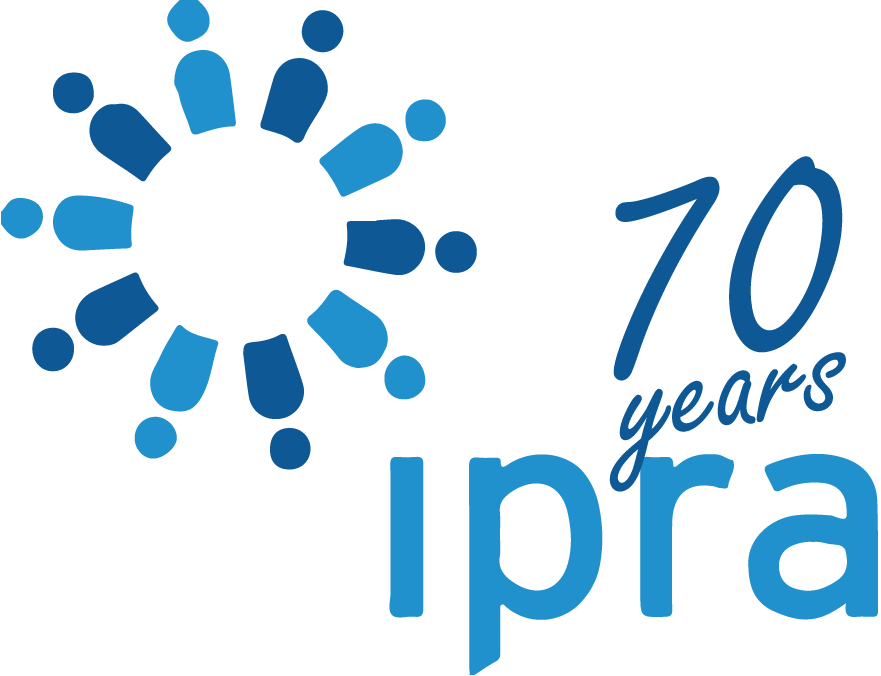ITL #654 Reputation management: at the board level and crisis response
5 hours, 32 minutes ago
In today’s world, organizational communication is no longer limited to official statements or media interviews. By Mohammad Reza Bagheri.
In the digital age, where transparency and the speed of information dissemination have reached unprecedented levels, organizational reputation has become one of the most strategic assets. This article explores the role of the board of directors in preserving and rebuilding corporate reputation, especially in the face of communication crises.
By analyzing public sentiment, media dynamics, and the importance of ethical accountability, it demonstrates how board-level decisions impact public perception both during crises and in normal conditions. The article emphasizes the need for communication experts in strategic leadership, the use of reputation assessment tools, and the cultivation of a reputation-conscious culture across the organization.
Ultimately, reputation management at the board level is presented as a blend of communication leadership, ethical commitment, and operational readiness that can strengthen resilience and support long-term growth.
Introduction
In today’s fast-paced world, a company’s reputation can be built or damaged within hours. Social media, digital platforms, and the reactive nature of public opinion have placed organizations under constant scrutiny.
In this environment, the board of directors can no longer limit its role to financial and operational oversight. It must act as the guardian of reputation and architect of corporate image. Strategic decisions at board level, especially during times of crisis, can determine the fate of an organization’s reputation.
A strategic asset in a risk-driven world
Corporate reputation is no longer just a symbolic asset. It has become one of the most vital strategic resources. Reputation influences decisions made by customers, investors, employees, and the media. In times of crisis, it serves as a protective shield for the organization.
At the heart of this dynamic stands the board of directors, the highest decision-making body, bearing the heavy responsibility of preserving, strengthening, and rebuilding reputation. Their decisions regarding transparency, accountability, professional ethics, social responsibility, and crisis response directly shape public perception.
Reputation is the result of years of performance, interaction, value creation, and engagement with various stakeholders. Yet, in the digital age, it can be seriously damaged by a single misstep or communication failure. Crises are no longer limited to data breaches or product defects—they can erupt from a tweet, a viral video, or a media exposé, and within hours, undermine a brand’s hard-earned credibility. In such circumstances, the board must be not only communication-ready but also deeply aware of public sentiment dynamics, media behavior, and the role of social networks.
Crisis response, a test of trust and communication leadership
One of the most common mistakes in crisis situations is delayed response or organizational silence. This often exacerbates the crisis and creates the impression that the organization is either hiding something or shirking responsibility.
The board must collaborate closely with public relations, legal, HR, and operations teams to deliver messages that are coherent, honest, and responsible. These messages must not only address the crisis but also reflect the organization’s values, respect for stakeholders, and commitment to corrective action.
In many cases, how an organization responds to a crisis is more important than the crisis itself. Audiences expect honesty, empathy, accountability, and concrete steps. If the board can convey these elements in its communication, it can maintain or even rebuild public trust, even under difficult circumstances. For example, in environmental or consumer rights crises, organizations that transparently acknowledged their mistakes, issued sincere apologies, and presented clear remediation plans have managed to preserve their reputations.
Globally, there are numerous examples of successful and unsuccessful reputation management at the board level. For instance, in the Volkswagen emissions scandal, the response of the board and senior executives played a crucial role in rebuilding public trust. Conversely, companies that adopted defensive or dismissive approaches in the face of crises often suffered severe reputational damage and market value loss.
Board-level communication structure, from prevention to recovery
The board’s role in reputation management is not limited to moments of crisis. In normal conditions, their strategic decisions regarding organizational values, internal culture, executive appointments, CSR policies, and media engagement all shape the public image of the company. For instance, appointing a CEO with a questionable ethical record or adopting policies that conflict with societal values can trigger reputational crises; even if they appear to be purely operational decisions.
Boards must also utilize tools for measuring and evaluating reputation. Public trust indices, media sentiment analysis, stakeholder surveys, and social media monitoring can provide a clear picture of the organization’s reputational standing. These insights are not only useful for crisis prevention but also inform strategic communication planning and high-level decision-making.
One essential element of effective reputation management is the presence of communication experts at the board level or in strategic meetings. These professionals, with their deep understanding of audience behavior, media dynamics, and crisis communication principles, can help decision-makers craft messages that are impactful, ethical, and empathetic. Additionally, board members should receive training in strategic communication, media literacy, and crisis management as part of leadership development programs.
In today’s world, organizational communication is no longer limited to official statements or media interviews. Social networks, digital platforms, live video streams, and direct audience engagement are all part of the communication ecosystem. Boards must recognize this reality and consider the influence of these channels in their decision-making. For example, a strategic decision regarding workforce reduction, if announced without a proper communication plan in digital spaces, can quickly escalate into a widespread reputational crisis.
A culture of reputation stewardship: a shared and enduring responsibility
Beyond strategic oversight and crisis preparedness, boards must also foster a culture of proactive reputation stewardship throughout the organization. This means embedding reputation awareness into everyday decision-making, encouraging ethical leadership at all levels, and ensuring that communication is not treated as a reactive function but as a continuous dialogue with stakeholders.
When reputation becomes a shared responsibility—from the boardroom to frontline teams—organizations are better equipped to anticipate risks, respond with agility, and build enduring trust. Such a culture not only protects the brand during turbulent times but also enhances its value in the eyes of investors, partners, and the public over the long term.

The Author
Mohammad Reza Bagheri
Mohammad Reza Bagheri, Representative of the Iranian Public Relations Association, is Founder and CEO of the Specialized Institute for Strategic Public Relations. He is also Strategic Consultant for the Director of Public Relations, Mashhad University of Medical Sciences.
mail the authorvisit the author's website
Forward, Post, Comment | #IpraITL
We are keen for our IPRA Thought Leadership essays to stimulate debate. With that objective in mind, we encourage readers to participate in and facilitate discussion. Please forward essay links to your industry contacts, post them to blogs, websites and social networking sites and above all give us your feedback via forums such as IPRA’s LinkedIn group. A new ITL essay is published on the IPRA website every week. Prospective ITL essay contributors should send a short synopsis to IPRA head of editorial content Rob Gray emailShare on Twitter Share on Facebook

